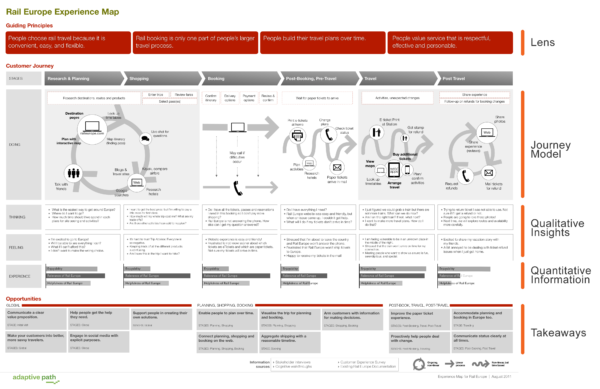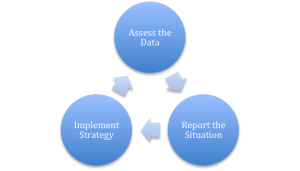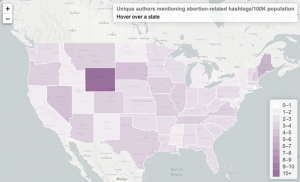— August 2, 2017
It seems everyone today is talking about growth hacking and a number of firms offer this as a stand-alone strategy. But, the fastest and surest way to grow your business is through data analytics focused on understanding your customer—or, better yet, understanding people.
Until recently, understanding people involved a laborious process of market research fraught will all kinds of possible biases and errors. Today, we have direct access to people through a host of tools, including social media, IoT (Internet of Things) devices, POS (point of sale) systems, and website analytics. Now, with so much data available, the questions becomes one of managing and sense-making rather than generating data.
What is growth hacking?
Growth hacking is a relatively new term for a relatively old concept–growing your business. The difference is that with growth hacking, we’re often talking about massive leaps in growth, not just growing a few percent a year. Such growth is critical for startups and innovations because they need to attract money quickly to fuel the massive investments undertaken and to offset the massive investments necessary for continued growth.
Look at this definition from Wikipedia:
Growth hacking is a process of rapid experimentation across marketing channels and product development to identify the most effective, efficient ways to grow a business. … Growth hackers are marketers, engineers and product managers that specifically focus on building and engaging the user base of a business.
Others identify growth hacking with a mindset focused on growth rather than maintaining and improving the status quo.
Inherent in either definition of growth hacking is its reliance on information, not conjecture or “doing what you’ve always done”. Those strategies don’t achieve massive growth. That takes something more analytical … more rigorous.
Big data and growth hacking
Big data and growth hacking naturally go together. Without the muss and fuss of traditional experimentation, big data provides answers to questions you might have constructed experiments to answer.
One of the biggest questions firms ask is about the customer journey — the process of getting to a sale.
The customer journey is a complex process that’s often hard to follow. Even customers themselves often can’t accurately tell you how they reached a particular purchase decision or which factors most influenced that decision. In part, that’s because what goes on in someone’s mind is a black box where people gather, store, and retrieve information, and recombined it in unique ways. The process is also subject to the environment, mood, and a host of other factors, such as the availability of credit. It’s no wonder no one really knows how someone reached a purchase decision.
While we may never get to the point where we can access consumers’ thought processes, we are getting better access to the intervening behaviors all the time. The infographic below shows 2 case studies where companies used big data for effective growth hacking.
The first case study looks at a bank credit card and incorporates data from various sources to develop a profile of customers who are heavy users and, hence, generate revenue for the bank. Now, they have a “look-alike” audience or what we call a target market. They used this information for targeted advertising that increased conversion and reduced ad spend by $ 3.5 million. Not bad.
The second case study looked at online gamers to understand which games features contributed to retention and increased game play. The company took that information right to the bank, increasing revenue from $ 50 million to $ 600 million. Pretty good.
Managing big data for growth hacking
Rather than a single number, growth hacking may mean increasing ROI or it may mean increases in other measures of success. For instance, in a consulting business with a long lead time to close new business, growth hacking might mean better lead generation. For an app developer, it might mean more installs. A bank might value increased deposits.
Think about growth hacking as a bucket. You have to fill the bucket to a certain level before water flows over the top. It’s the same with any business. Sales don’t magically appear. They happen because you’ve done certain things that create awareness, interest, desire, and, finally, action. AIDA.
Take a look at this example of how improving performance of your landing pages impacts ROI.
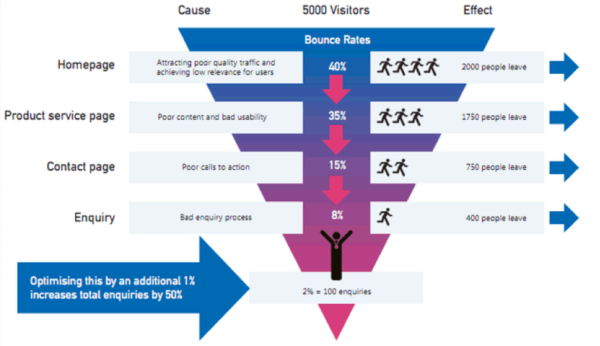
Image courtesy of Coast Digital
Hence, the first step in growth hacking is to trace the activities that contribute to ROI, even if they don’t do so immediately. For instance, visits to your website might not generate a sale every time, but more visits will generate more sales. Increased tweets favorably mentioning your product might not make the cash register ring, but it may help sales in the long run.
Now, that you have all the steps involved in a sale, develop metrics to evaluate each of them. For instance, the awareness stage might involve social media, organic search, referrals, advertising … Determine where you are on each element. Create a goal for each element.
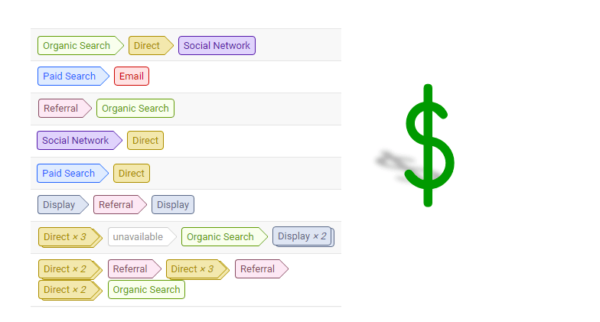
Image courtesy of Occam’s Razor
Now, try to parse the contribution of each element to conversion — we call this attribution modeling and the above graphic depicts a few pathways to conversion for a particular product. Google analytics has a funnel option that helps with this if you’re selling through your website. If you’re selling through a brick and mortar store, use existing data to map your past marketing activities to year-over-year sales (or use some other means to reflect the inherent seasonality in your sales).
Next, determine if there are any steps before each element that makes a significant contribution to sales. For instance, traffic from social is a function of engagement and content. So, if social makes a big impact on sales, include goals for these elements, as well.
Dashboarding
Once you know what contributes to growth, now you’re ready for growth hacking.
Develop a dashboard bringing together all the metrics critical for growth. I use IBM Cognos, but there are many great tools out there.
Any competent business analyst can do that. The secret sauce is going beyond the data and routine reports to truly understand your customers.
Experiment a little. You have big data, so you can parse it out in many ways.
- Try breaking up your data based on demographic or geographic segmentation. How are their behaviors the same? Different?
- What products are most popular? Least popular? What do they have in common? How are they different?
- Which actions worked best? Which worked worst? Was it time of day? Day of week? Message? Audience? Platform?
Next, try new things based on your analysis of the data, but keep track of what you changed and how it impacted results.
Image Courtesy of Datameer
Business & Finance Articles on Business 2 Community
(59)


